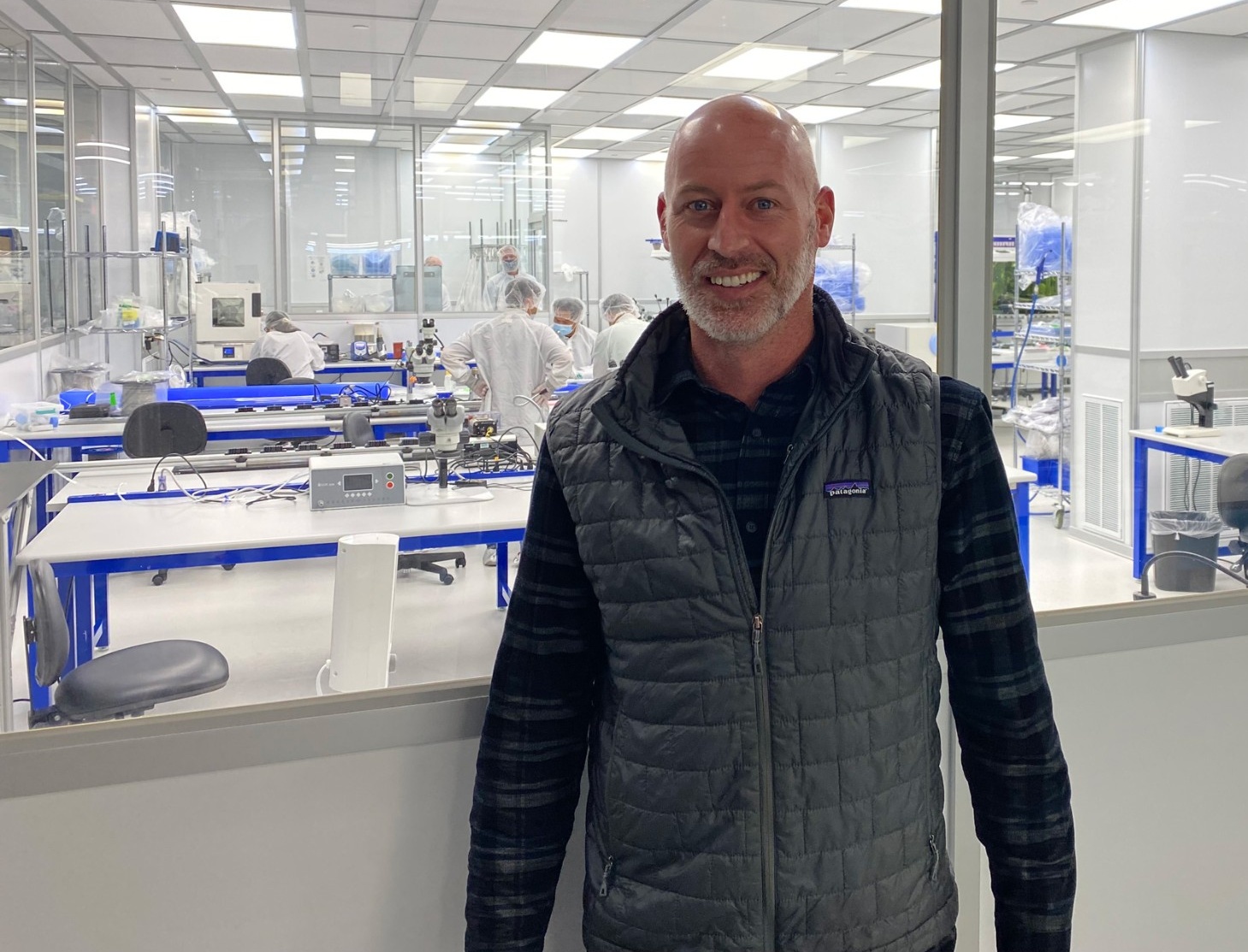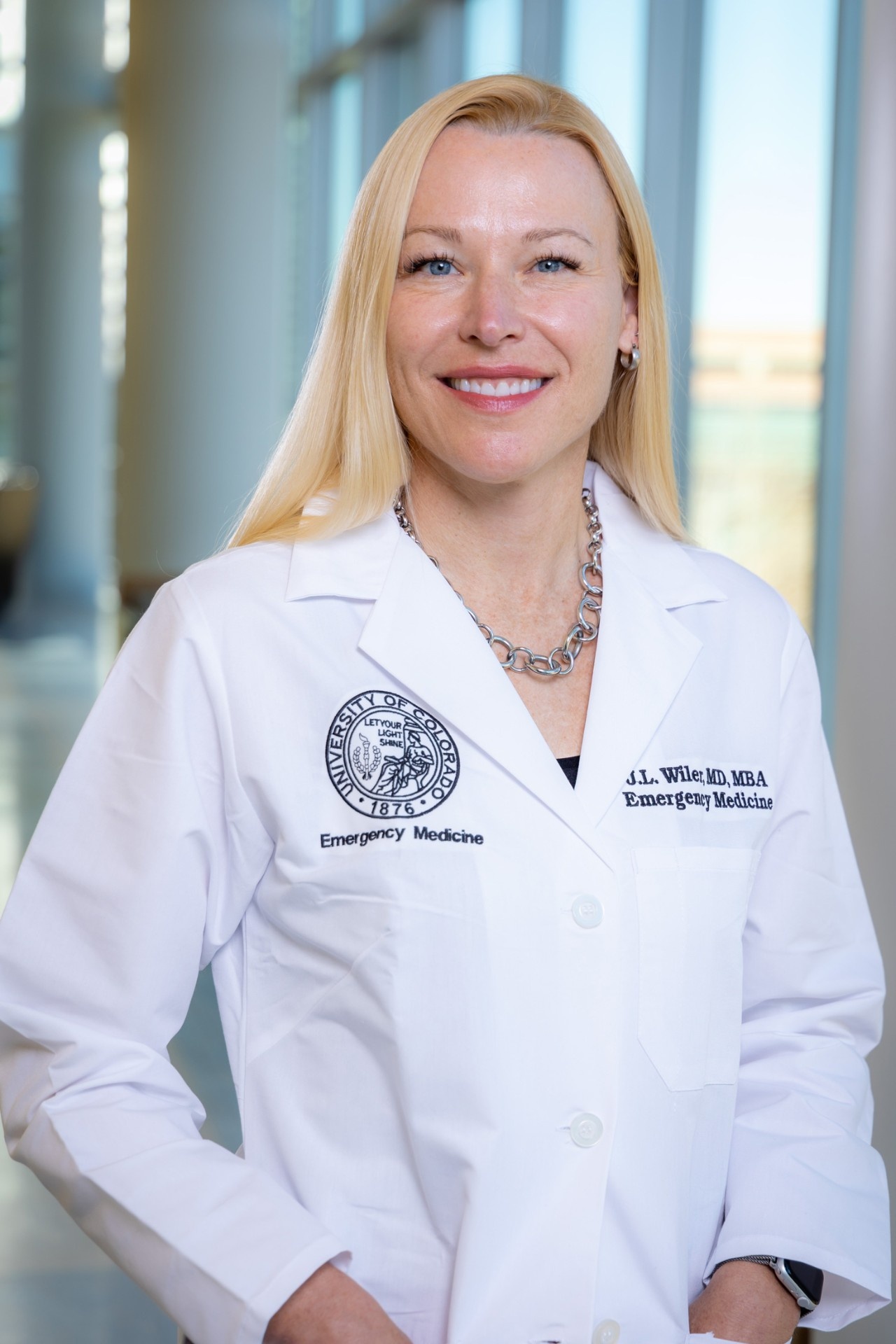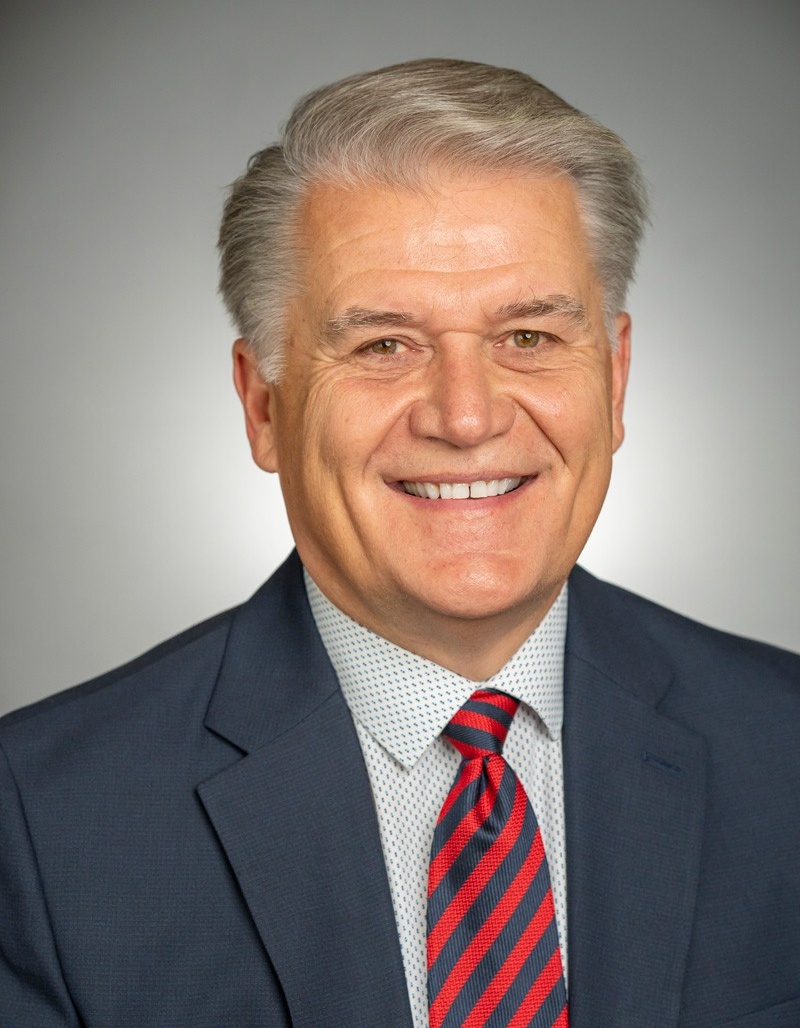Innovating health care
The growth of entrepreneurship in a changing industry
By Kevin Manne

In Austria, CEO Gábor Somogyi, MD, MBA ’03, is leading Eveliqure Biotechnologies to develop a vaccine that combats diarrheal disease.

Somogyi
It’s a project with massive potential. According to the World Health Organization, diarrheal disease is the second leading cause of death in children, taking the lives of more than 500,000 children under five each year. It’s also a problem for travelers, who see up to 300 million cases per year, and for the U.S. military, which loses 1.1 million duty days every year because of the illness.
Somogyi didn’t immediately start out in biotech after graduation, though. He first joined the Hungarian film tech startup Colorfront as its managing director. With Somogyi at the helm, the company inked a deal with director Peter Jackson to use its color correction software in the “Lord of the Rings” trilogy. Colorfront led the post-production digital revolution, won a technical Oscar and sold to Autodesk Inc. for $15 million just two years later.
But with his medical background and a drive to help people, Somogyi was drawn to biomedical entrepreneurship to maximize the reach of his work. He says if Eveliqure’s vaccine is successful, it could save hundreds of thousands of children each year—but the impact would be even greater than that.
“It’s not just the mortality rate, it’s also the morbidity rate,” says Somogyi. “There’s a long-term stunting effect with this disease, so the people who get it tend to be less developed physically, mentally and even emotionally over the course of their lives.”
The outlook for Eveliqure is promising. In late 2020, the firm was awarded a $20.6 million contract from the National Institute of Allergy and Infectious Diseases to fund the development of its vaccine through phase 2 clinical testing.
Today, health care entrepreneurship is booming, driven by this desire to help, as well as an industry-wide shift toward preventing illness and away from the traditional fee-for-service models that reward providers for the number of patients they see.
The COVID-19 pandemic also accelerated the adoption of new digital health technologies, setting an all-time high venture funding record of $14.7 billion in the first half of 2021—and surpassing the 2020 total in just six months, according to Forbes.
Around the world and across the industry, School of Management alumni like Somogyi are leading health care entrepreneurship—from recent graduates founding fresh startups, to serial entrepreneurs who have revolutionized the industry, to thought leaders in higher education.
Rethinking both sides

Zielinski
In the U.S., the Center for Medicare and Medicaid Innovation was established by Congress in 2010 to develop and test new health care payment and service delivery models. The center has been a key driver of entrepreneurship on the delivery side of the U.S. health care system, according to Larry Zielinski, executive in residence for health care administration in the School of Management.
“The systematic move toward paying to keep people healthy is the big trend in health care reimbursement, and it seems like it’s the only thing that both political parties can agree on,” says Zielinski. “Every administration since 2010 has continued to put more emphasis on this issue through the CMS Innovation Center.”
But, he says, a lot of entrepreneurs are launching startups on the supplier side of health care—the kind like Somogyi’s that deliver new vaccines, drugs, medical devices and software solutions.
One of the newest startups in the health care IT space is Opollo Technologies LLC, winner of the 2021 Panasci Technology Entrepreneurship Competition.
Founded by Ryan Young, MD ’20, MBA ’21, Opollo™ is a cloud-based artificial intelligence platform that learns from a wide range of health care data to provide more accurate surgery duration forecasts than existing methods.

Young. Photo Illustration: Douglas Levere
Opollo Technologies also empowers its customers to monetize their efficiency by selling the resulting open time slots to insurance companies on the Opollo Exchange, a marketplace where medical services are bought and sold.
“Using my UB education, I’ve been able to merge seemingly different concepts such as quantitative finance, artificial intelligence and medicine together to solve a real-world problem and improve the health care system for everyone,” says Young. “The complexities of medicine can unexpectedly alter the time a surgery may take, which can be frustrating for staff and patients, and costly for health care facilities. Opollo reduces costs by preventing some of the overestimates, while on the revenue generation side it opens up additional time slots, increasing revenue and patient access to care.”
Danielle Blount, MBA ’16, serves as project manager for Launch NY, a nonprofit venture development organization headquartered in Buffalo. In addition, she coordinates the ECO Incubator program, which focuses on clean-tech companies, giving her a firsthand look at how data is revolutionizing health care and sparking new startup ideas—from high tech to high touch.
“There’s this company called Whoop that makes a fitness tracker and it just raised more than $200 million in the latest funding round led by SoftBank,” she says. “Every day, we’re unlocking data that wasn’t previously available—and making that data understandable to people without medical degrees is where I can see entrepreneurs playing a big part in the health care field moving forward.
“A lot of new tech is focused on the aging population, too, like this new startup Papa that pairs young people with the elderly to help with everyday tasks like taking them to doctors appointments. It’s such a simple solution, but it’s helping a population that didn’t grow up with access to technology.”

Overcoming the obstacles

Godzich
For all the new opportunities available in modern health care, those looking to shake things up also face substantial challenges from an established industry.
In the late ’90s, Tim Godzich, BS ’88, MBA ’89, co-founded Definity Health, the first company to offer a consumer-driven health care plan. It was the predecessor to today’s health savings plans.
Definity became the fastest-growing health care plan in America, with 500,000 members and $100 million in revenue, and eventually sold to UnitedHealth Group Inc. in 2004.
After Definity, Godzich helped pioneer another area of the health care industry when he co-founded Liazon, one of the first private health insurance exchanges.
Liazon is an online marketplace that companies can use to allow their employees to comparison shop for health benefits—an idea that rose to prominence after public health exchanges went online for Americans after the Affordable Care Act was passed in 2010. Liazon sold to Towers Watson (now Willis Towers Watson) in 2013.
Godzich says to bring these new ideas to light, he had to fight through an entrenched system.
“Today, there are 40 million Americans with consumer-driven health accounts, but when we started there were zero,” says Godzich. “The U.S. spends $4 trillion on health care each year, so there are a lot of folks who are happy with the current system. I have a lot of arrows in my back from the status quo people in health care saying, ‘It’s not going to work’—but we proved them wrong.”

Patterson at the Resolution Medical facility.
For Shawn Patterson, PMBA ’07, chief commercial officer and co-founder of Resolution Medical, the challenges come from the high level of regulation in the field.
Founded in 2012, Resolution is a medical device contract manufacturing company that partners with physician entrepreneurs, startups and larger original equipment manufacturers to develop and build their products.
Patterson says simple devices can go from concept to commercialization in as little as a year, but more complicated items can take up to 10 years to come to market.
“We spend a ton of time and money developing a device for a customer, and then we can end up waiting three years for it to get through human clinical trials and approval through the FDA in the U.S. or CE Mark in Europe—and those regulations are always changing so there can be wildcards to deal with.”
Human capital is another obstacle, according to Patterson—both in-house and at partner organizations. It’s the reason Resolution is located just outside Minneapolis.
“We need engineers with experience developing heart valves or complex delivery systems, and service providers who do all these crazy tests we need to have done to get a device to market—all that is within 20 minutes of our facility,” he says. “That network of expertise is building in Buffalo now, but when we were there we didn’t have it, and that’s really important.”

Fixing the future

Wiler
Looking ahead, Jennifer Wiler, MD/MBA ’03, sees opportunity for disruption throughout the health care industry—both in patient care and behind the scenes in administrative and regulatory work.
Wiler is chief quality officer and co-founder of the UCHealth CARE Innovation Center at the University of Colorado. Founded in 2016, the center works with digital health companies to implement, grow and scale their solutions.
“There’s a growing demand for people who understand the health care delivery space as providers or operators but who have the entrepreneurial mindset,” says Wiler. “For example, we’ve partnered with a company called RxRevu that has helped eliminate costs and improve efficiencies around the prescription drug process. These types of collaborations—health systems, payers and entrepreneurs—are really where we’re going to solve health care’s biggest problems.”
In the School of Management, Bob Neubert, clinical assistant professor of entrepreneurship, is leading new life sciences entrepreneurship programs (see sidebar) that will cross-train science and management students and build life science innovation across Western New York.
“In the past, everyone received the same treatment for a particular illness or disease,” he says. “Looking ahead we’ll see medicine customized to the genetic code of the patients, which could be the solution to long-standing medical challenges like cancer.
“Health care entrepreneurship is a great way to build a career and a life of service—and it’s profitable. Teams get paid well and investors get rewarded. New York already has a research base in universities, but there’s a gap in commercialization. We’re going to fill that gap.”


